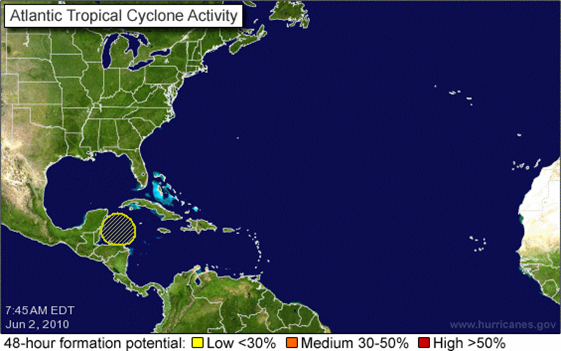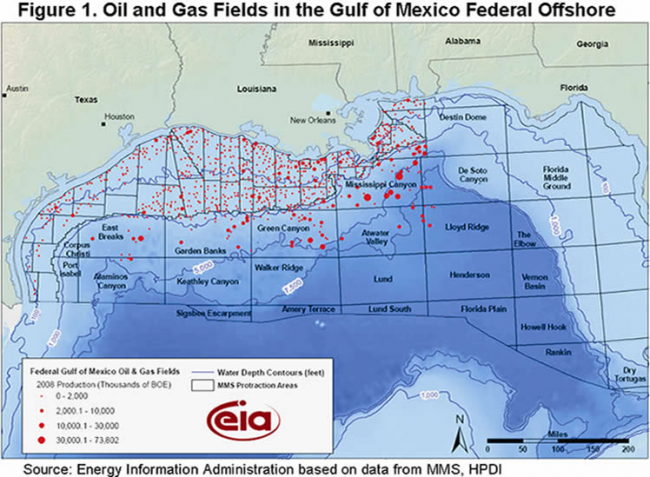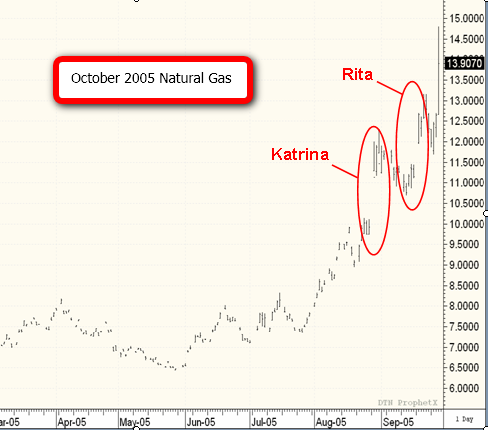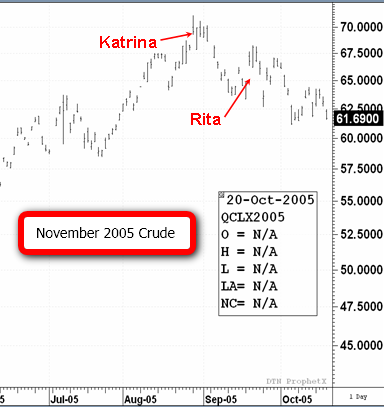Hedge Funds Raise Oil Bets Most in Eight Weeks: Energy Markets
http://www.businessweek.com/news/2010-12-06/hedge-funds-raise-oil-bets-most-in-eight-weeks-energy-markets.html
Goldman Sachs increased its 2012 forecast to $110 from $100,
Deutsche Bank raised its 2011 prediction to $87.50 a barrel from $80 and
JPMorgan boosted its 2011 numbers to $93 from $89.75, saying that crude will reach $120 before the end of 2012.
‘Bull Market’
“Looking toward 2012, the stage is set for a return to a structural bull market in oil,” Goldman Sachs analysts led by New York-based David Greely said in a report to investors on Dec. 1. The 2012 forecast is based on “the better prospects for continued robust world economic growth,” they said.
The funds and other large investors boosted so-called net- long positions, or wagers that oil prices will climb, by 18 percent in the seven days ended Nov. 30, according to the Commodity Futures Trading Commission’s weekly Commitments of Traders report. It was the largest increase since the week ended Oct. 5.
-----------------------------------
http://graphics.thomsonreuters.com/F/11/US_OILSTCK1110.gif
asr: after DEC 2002 , DEC 2006 the immediate JAN months seems turned positive , so it may happen again in JAN 2011 making crude falls to 80 dollars and spread DEC 2012/DEC 2011 to zero ( from negative)

---------------------------
asr: OIL curve is as of NOV 2007 prices
http://www.riskoverreward.com/2010/11/commodity-markets-vega.html

asr: GOLD curve is as of 2010 NOV

----------------------------------
Oil demand growth reverts Brent to backwardation
2010-12-3
http://sg.news.yahoo.com/rtrs/20101203/tap-oil-backwardation-c3bb44c.html
JPMorgan sees Brent backwardation through 2012
* Barclays says producer hedging help flatten curve
* U.S., China demand, one third of world total, booming
By Alejandro Barbajosa
SINGAPORE, Dec 3 - - Rising demand from emerging and developed economies and stable output from OPEC are helping reduce a surplus in global oil markets, reverting the price structure of Brent crude futures to patterns unseen since the spike to $147 in 2008.
ICE Brent contracts for earliest delivery or settlement are now trading at a premium to later contracts for the first time since May 2008, Barclays Capital said.
The January contract fell 11 cents to $90.58 by 0445 GMT, after touching $90.84 on Thursday, the highest price in 26 months, while the February contract also shed 11 cents at $90.54.
This pricing structure, known as backwardation, is replacing the prevalent so-called contango of the past two years, where earlier contracts traded at a discount to future ones. Contangos are reflective of over supplied markets, while the turn to backwardation signals a tightening balance.
"The combination of
a) the effect of falling prompt inventory at the front of the curve and a
b) healthy degree of producers selling along the curve
has helped to pivot the curve back towards flat," Barclays Capital analysts headed by Paul Horsnell said in a weekly report.
An oil glut that has weighed on prices for two years is dissipating, with U.S. stockpiles falling their fastest in more than a decade this autumn, crude being whisked ashore from storage at sea, and China running refineries near full bore to replenish diesel supplies. [ID:nN24232122]
For a graphic: http://r.reuters.com/nud96q
As the Organization of the Petroleum Exporting Countries keeps a tighter lid on production, world demand is recovering faster than most forecasters, including OPEC itself, had expected. Daily oil demand this year should break a previous record set in 2007, analysts say.
"We think OPEC is unlikely to raise output ahead of its June 2011 meeting unless oil prices push above $100 a barrel for a sustained period," JPMorgan analysts headed by Lawrence Eagles said in a report dated Dec. 2.
"We expect oil inventories to continue their drawing trend over the first quarter, pushing Brent crude oil into backwardation - a structure that is likely to remain in place for much of 2011 and 2012," the bank added.
Demand from the world's top two users, the United States and China, which together account for about a third of global oil consumption, is growing at levels not seen since before the 2008-2009 recession.
U.S. oil demand in September rose 4.9 percent from a year earlier, or 913,000 barrels per day , revised up from an earlier estimate of a 3.5 percent increase, a government report showed earlier this week. [ID:nN29205219]
China's implied oil demand expanded by 12 percent in October from a year earlier to a record high, as new refineries added to bumper production at a time when government-mandated power cuts triggered a diesel shortage. [ID:nTOE6AA03M]
Cold weather in Europe and the U.S. Northeast is also lifting demand for products, a move likely to help reduce fuel inventories on both sides of the Atlantic.
Benchmark European gasoline traded at a two-year high and spot premiums on diesel doubled the late 2009 level on Thursday in a rare price rally for auto fuels during the Northern Hemisphere winter. [ID:nLDE6B115K]
As the Organization of the Petroleum Exporting Countries keeps a tighter lid on production, world demand is recovering faster than most forecasters, including OPEC itself, had expected. Daily oil demand this year should break a previous record set in 2007, analysts say.
"We think OPEC is unlikely to raise output ahead of its June 2011 meeting unless oil prices push above $100 a barrel for a sustained period," JPMorgan analysts headed by Lawrence Eagles said in a report dated Dec. 2.
"We expect oil inventories to continue their drawing trend over the first quarter, pushing Brent crude oil into backwardation - a structure that is likely to remain in place for much of 2011 and 2012," the bank added.
Demand from the world's top two users, the United States and China, which together account for about a third of global oil consumption, is growing at levels not seen since before the 2008-2009 recession.
U.S. oil demand in September rose 4.9 percent from a year earlier, or 913,000 barrels per day , revised up from an earlier estimate of a 3.5 percent increase, a government report showed earlier this week. [ID:nN29205219]
China's implied oil demand expanded by 12 percent in October from a year earlier to a record high, as new refineries added to bumper production at a time when government-mandated power cuts triggered a diesel shortage. [ID:nTOE6AA03M]
Cold weather in Europe and the U.S. Northeast is also lifting demand for products, a move likely to help reduce fuel inventories on both sides of the Atlantic.
Benchmark European gasoline traded at a two-year high and spot premiums on diesel doubled the late 2009 level on Thursday in a rare price rally for auto fuels during the Northern Hemisphere winter. [ID:nLDE6B115K]
------------
http://www.futurespros.com/news/futures-news/update-1-winter-drives-crude-oil-curves-into-backwardation-1000005163
2010-12-06
* Brent and U.S. light crude both moving into backwardation
* Cold northern winter, Asian demand squeezing distillates
* Light-heavy crude oil spread widening on prompt demand
(Adds detail, comment, paragraphs 17-18)
By Christopher Johnson
LONDON, Dec 6 (Reuters) - Forward crude oil futures curves have moved into backwardation -- with forward prices discounted -- for the first time in more than two years as wintry weather in Europe and the United States has pushed up heating demand.
Brent crude oil futures saw forward prices drop by between 50 and 95 cents on Monday while the nearby January contract rose, pulling down the forward price curve.
Forward futures contracts for U.S. light crude moved into backwardation from mid-2011, although very prompt contracts stayed at small discounts.
Both crudes have been in solid contango -- with prompt prices below forward futures -- since oil prices collapsed during the global financial crisis in the second half of 2008.
"The cold spell is increasing demand for fuel at a time when stocks of some oil products are already low in Europe after French refinery strikes in October," said Christophe Barret, global oil analyst for French bank Credit Agricole.
"Demand into Asia is also strong with buying by Japanese customers of kerosene and of heating oil into China."
DEFICITS
Barret said the French strikes over pension reforms, which lasted almost a month and removed around 1.2 million barrels per day of refining capacity, left Europe with a deficit of around 8 million barrels of gas oil and 3 million barrels of gasoline.
This shortage of oil products has encouraged oil refiners to increase processing runs, particularly of light crude oils and those that yield high volumes of middle distillates.
As a result the premiums paid for some distillate-rich crude oil grades has risen steadily over the last three months.
Premiums paid for Nigerian Forcados crude oil, a crude oil with a significant yield of gas oil (heating oil and diesel) over the North Sea Brent benchmark have widened to as much as $3 per barrel in recent days.
Commerzbank said in a note to clients on Monday that the shape of the forward crude oil curves suggested a further tightening of the crude oil market was underway.
"This backwardation, which was rarely evident in the past few years, is likely to bring more buyers into the arena," the German bank's oil analysts said.
"Greater heating demand because of the outbreak of cold weather and stronger demand for diesel generators on account of the energy-saving measures in China should lead to further tightening of the diesel market."
David Wech, oil analyst at consultancy JBC Energy in Vienna, said European demand for distillates was coming on top of a surge in buying of diesel by Indian consumers and of kerosene by China. "Physical demand is driving this," Wech said.
Barret said the crude oil price curves were likely to stay in at least partial backwardation until the end of the northern hemisphere winter if the wintry weather persisted.
"If temperatures remain low, it is likely that crude prices will stay backwardated for two to three months, or until we return to a situation where prompt demand is less tight."
But Michael Wittner, analyst at Societe Generale, said the move to backwardation could be short-lived because global crude oil stocks were still high and well above the long-term average.
"I don't think it will last," Wittner said. "At the very front end, with this cold weather, there is some reason for the tightness. Further out, it is much harder to justify." (Editing by Alison Birrane)
-------------------------
http://www.advfn.com/news_Brent-Oil-Futures-Moved-To-Backwardation-Analysts_45501061.html
Brent Oil Futures Moved To Backwardation -Analysts |
Brent oil futures have moved into backwardation, analysts JBC said Friday, a move that could trigger a release of floating inventories to the market. The Vienna-based energy consultancy said the contracts closest to delivery were now trading higher than those expiring later, a phenomenon known to traders as "backwardation". Traders tend to store oil offshore hoping to capture higher prices in subsequent months compared with current ones, a trend called "contango". The Organization of Petroleum Exporting Countries warned in its November report that "the shrinking contango will likely trigger a release of crude oil from floating storage." It said: "the current level of calendar spreads are unlikely to be profitable for holding crude oil on vessels considering the cost of storage." |








